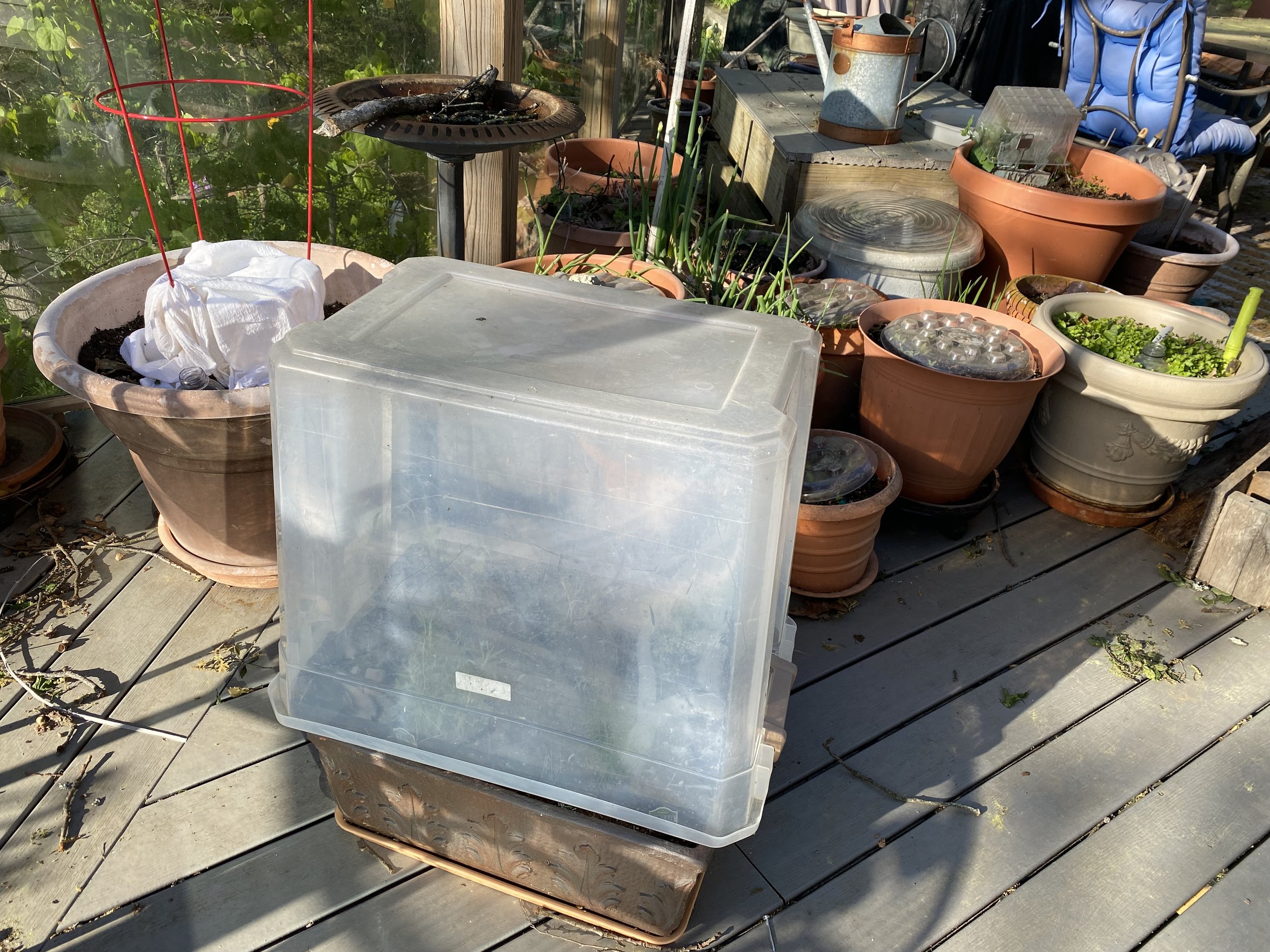Forsythia Starts
/Forsythias are a favorite spring flower and for good reason! (Photo by Charlotte Ekker Wiggins)
Forsythia Starts
Where I live in mid-Missouri, forsythias in bloom are a favorite, and sure sign, of spring. Along with the yellow hues of daffodils, I think of forsythias as being spring gold.
Forsythias are a genus of deciduous flowering shrubs that belong to the olive family. They are known for their long branches that fill with brilliant yellow blooms early in the spring. Forsythia flowers precede their leaves, which means you get a good look at the blooms with no foliage.
Forsythias are very easy to propagate through cuttings. I have to trim mine every other year or so and instead of throwing those cuttings away, I start new plants.
To get new forsythias, start with soft green cuttings. The old growth will be on grayish stems; the newer growth is on the part of the bush we usually cut off.
To plant, make a hole in the moist ground where you want a new forsythia to grow. Recut the end of the cutting to under a growth node, where you see little bumps on the stems. You want those growth nodes under the ground.
I plant several close together in case one or more don’t make it. Keep it watered. The nice thing about doing this in spring is that nature usually takes care of the watering. Monitor, though, to make sure the cuttings are kept moist.
Forsythia branches gently pushed into the ground and watered. (Photo by Charlotte Ekker Wiggins)
Now the hard part, the wait.
I monitor the cuttings for moisture but try not to frequently check where the stem hits the ground.
Three weeks after I planted the first forsythia cuttings, signs of success: green leaves growing from some of the cuttings.
Three weeks later, there is new growth from the planted forsythia branches. (Photo by Charlotte Ekker Wiggins)
Now I need to ensure this and other cuttings stay hydrated this year. The cuttings will spend most of their first year developing underground roots, which is why moisture is important.
Once the roots are established, forsythia bushes can usually take care of themselves.
I add forsythia cuttings under trees. They also work well as fencing and as a garden focal point.
If you trim some bushes in early spring to bring inside for color, you can also plant those cuttings outside once the blooms are finished.
Yes, it’s just that simple!
Charlotte














